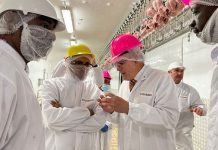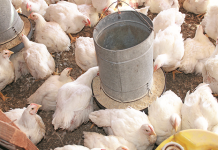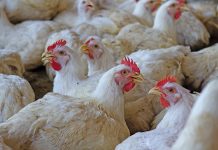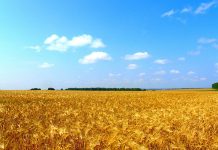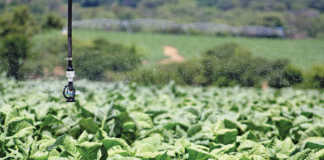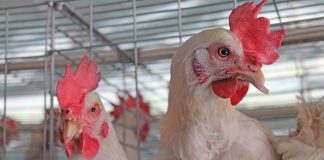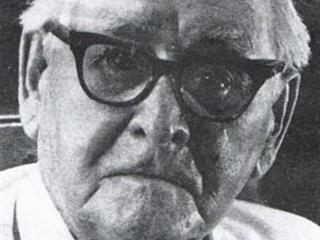
It was launched in 1932 by an American medical doctor, adventurer and former Texas Ranger, who had gone into winemaking when he moved to Stellenbosch. Not a year has gone by since in which the wine has not been made. At a charity auction held in 1985, a bottle of the 1940 vintage went for R20 000. And, at last year’s Nederburg Auction, three bottles from 1961 went for R20 000 (or R6 666 a 750ml bottle), while a six-bottle case of the 1965 vintage sold for R14 000. R8 800.
The origins of Chateau Libertas are as straightforward as the wine itself. Dr William Charles Winshaw, who would live to the ripe old age of 96, wanted a wine to enjoy with food. The problem was there wasn’t much choice on the local market in the years between the two World Wars. Most of what was available was sweet and fortified.
This prompted him to create a tasty, lightly wooded dry red blend.
Household names
Born in 1871, in Kentucky in the US, Winshaw became a Texas Ranger at 22. After studying medicine and qualifying as a doctor, he decided it was time to see more of the world. And accompanied a consignment of mules sent from the US to Cape Town for the British forces then fighting the Anglo Boer War.
He fell in love with SA and stayed on. After practising medicine for some years, he turned his hand to winemaking, experimenting in his kitchen. Before long he was supplying a growing group of regular customers, prompting him to start the Stellenbosch Grape Juice Works in 1909. He did very well until an oversupply in a depressed market after World War I saw the business collapse in 1921.
Undaunted, Winshaw bought the Stellenbosch farm Oude Libertas and establishing the Stellenbosch Farmers’ Winery (SFW) in 1925. (SFW merged with Distillers Corporation in 2000 to create Distell.) This venture proved far more enduring and produced many SA wines that are still household names to this day. But Chateau Libertas was one of Winshaw’s favourites.
An advertisement in The Wine Book of South Africa (1936), urged readers “travelling by rail or motor to insist on being served” his special blend with their meals. Winshaw advised them to “please complain to the management” if it wasn’t available and assured them this was a wine “not to intoxicate” but one intended to “give just the right stimulation to the digestion needed by travellers”.
When the British Royal Family visited SA in 1947 Chateau Libertas it was served at the official state banquet.
The wine today
Originally conceived as an elegant Cabernet Sauvignon-based, wood-matured blend, Chateau Libertas is still made with the same objectives – although, these days, it has more of a ripe berry fruit profile to suit contemporary tastes. There has never been a fixed recipe. The overriding criterion has always been to remain loyal to the original intention of the wine: to please with an approachable, well-balanced and layered combination of fruit and wood and the structure to age.
The current blend still features Cabernet Sauvignon, but also Shiraz, Merlot, Ruby Cabernet and even Petit Verdot. “Everybody loves its open-hearted burst of juicy ripe fruit backed by a touch of wood. Smooth and delicious, it makes a great match with so many foods. Try it with smoked meats, hearty pastas, pizza, grills, roasts, casseroles, stews,” says the brand’s marketing spokesperson Jackie Olivier.

